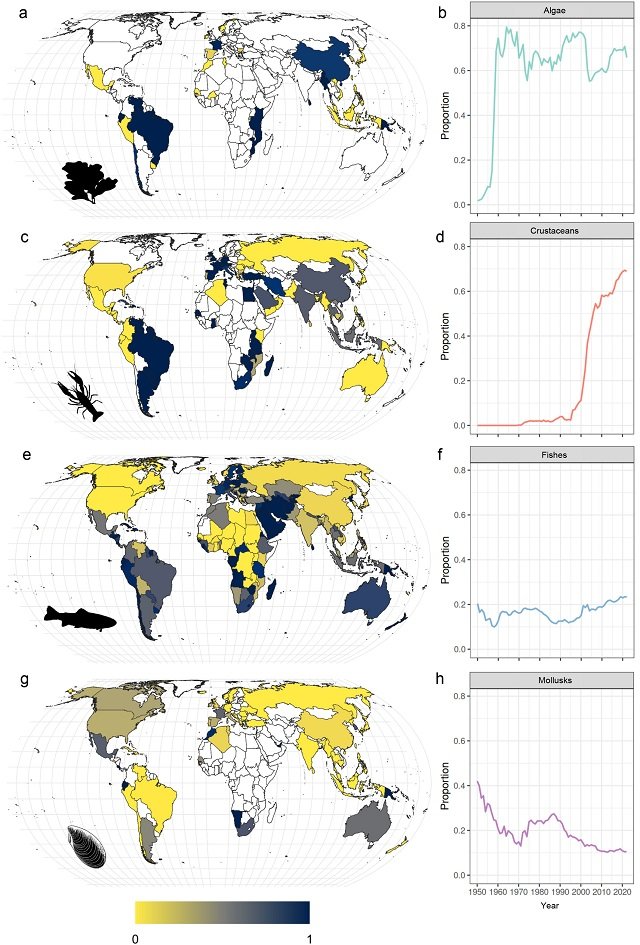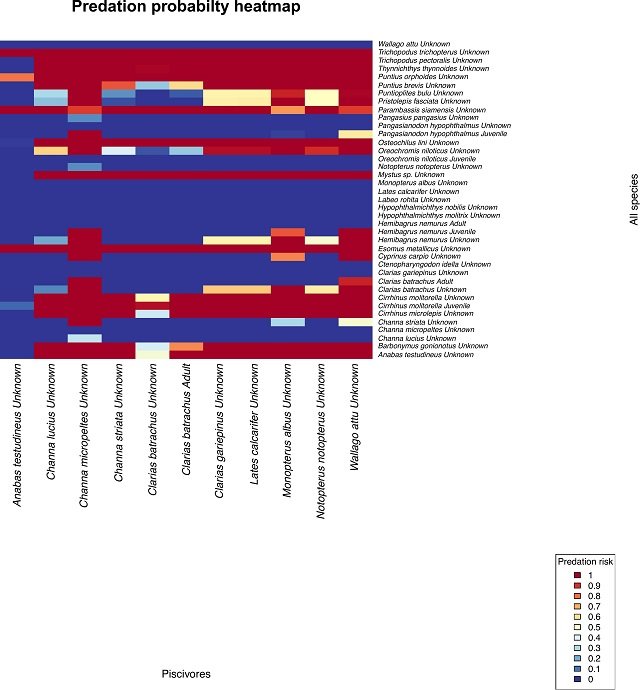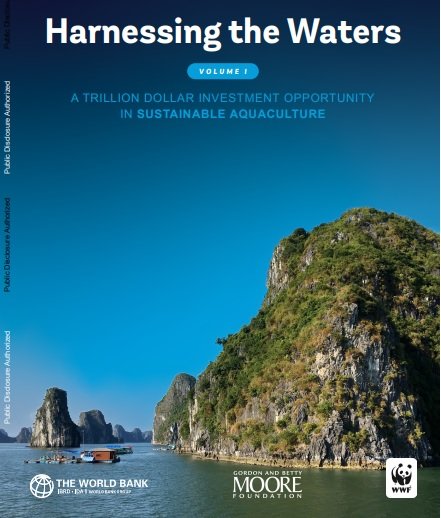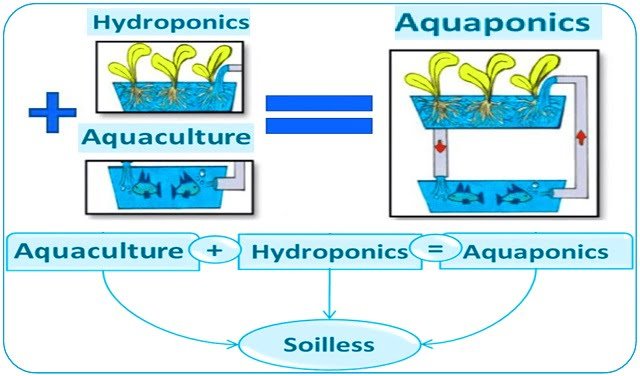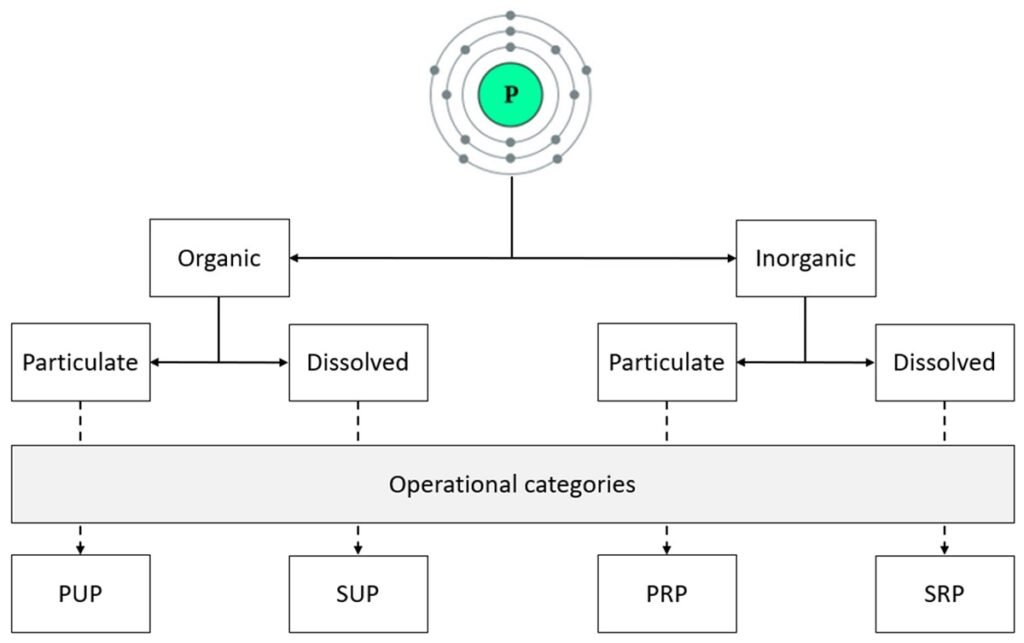
Phosphorus (P) is a double-edged sword in modern salmon farming. On one hand, it is an essential macronutrient, vital for the growth, bone development, and metabolism of salmon. On the other hand, its excess in effluents represents one of the industry’s greatest environmental challenges, with the potential to cause eutrophication in water bodies. As global Atlantic salmon production grows, so does the reliance on phosphorus-rich feeds, to the point where consumption of this mineral in Norwegian aquaculture now approaches that of its entire agricultural sector.
A recent scientific review article published by scientists from Cargill Aqua Nutrition, the Norwegian University of Life Sciences (NMBU), and Åsgård Aqua Advice delves into this complex dynamic, offering a holistic view that connects nutrition, fish physiology, and farming system design. This approach is key to improving phosphorus use efficiency and sustainability.
Key conclusions
- 1 Key conclusions
- 2 Understanding phosphorus: Not all that is eaten is utilized
- 3 Sources of phosphorus in salmonid diets
- 4 The phytate challenge and how to overcome it
- 5 How much phosphorus does salmon need, and what happens if it’s lacking?
- 6 The key influence of the farming system: From cages to RAS
- 7 A vision for the future: Integrated phosphorus management
- 8 Entradas relacionadas:
- Distinguishing between digestible phosphorus (dP) and available phosphorus (aP) is crucial to avoid over-formulation in diets, which increases costs and pollution.
- Phosphorus in plants is mostly bound as phytate, an unavailable form for salmonids, requiring strategies like using the enzyme phytase or pre-treatments to improve its utilization.
- Farming systems determine phosphorus accumulation and treatment potential, requiring technology-specific diets.
- Reducing total phosphorus in the diet while maximizing its bioavailability is a more economical and efficient strategy to mitigate environmental impact than relying solely on costly effluent treatments.
Understanding phosphorus: Not all that is eaten is utilized
One of the most critical points highlighted by the study is the frequent confusion between the terms digestible phosphorus (dP) and available phosphorus (aP). Although often used interchangeably, their meanings are very different, and misinterpretation can lead to formulating diets with excess phosphorus.
- Digestible phosphorus (dP): This refers to the portion of phosphorus that is absorbed in the gastrointestinal tract. Its measurement is a standard, but it doesn’t account for whether the absorbed nutrient can be metabolically used by the fish for functions like bone formation.
- Available phosphorus (aP): This is the proportion of ingested phosphorus that is available to perform a specific physiological function, such as bone mineralization. This concept is much more precise for determining the animal’s true requirements.
Ignoring this difference not only increases feed costs, as phosphorus is an expensive raw material, but it also increases the amount of this mineral excreted into the environment.
Sources of phosphorus in salmonid diets
Phosphorus in salmon feed comes from four main sources:
- Marine and animal ingredients: Fishmeal has traditionally been a primary, high-quality source, not only for its protein but also for its phosphorus content (0.9% to 1.5% of total). However, its digestibility can vary widely (20-60%). The use of by-products like blood meal and poultry meal offers comparable availability levels. A problem is that some of the phosphorus in fish bones is in the form of hydroxyapatite, an insoluble complex that reduces its digestibility.
- Plant-based ingredients: With the reduction of fishmeal, plant-based ingredients (soy, cereals, legumes) are increasingly common. The major challenge here is that 60% to 80% of their phosphorus is bound as phytate (IP6). Phytate is an “anti-nutrient” that monogastric fish like salmon cannot break down on their own, as they lack the necessary enzymes. Therefore, phytate phosphorus has virtually zero availability for salmonids.
- Inorganic phosphorus supplements: To ensure requirements are met, diets are supplemented with inorganic phosphorus sources like monocalcium phosphate (MCP) or dicalcium phosphate (DCP). Studies have shown that monobasic phosphates, such as MCP, have higher availability and retention in salmonids than other forms.
The phytate challenge and how to overcome it
Phytate doesn’t just lock up phosphorus. Its negatively charged structure also binds to other essential minerals like calcium, magnesium, zinc, and iron, in addition to reducing the digestibility of proteins and amino acids. This forces formulators to compensate for these losses, increasing diet costs.
Several strategies have been developed to improve the availability of phosphorus in plant ingredients:
Stay Always Informed
Join our communities to instantly receive the most important news, reports, and analysis from the aquaculture industry.
- Addition of phytase: Phytase is an enzyme that breaks down the phytate molecule, releasing phosphorus and other nutrients. It can increase phosphorus availability from 6% up to 64% in plant-based diets.
- Pre-treatment of ingredients: Techniques like milling, fermentation, germination, or enzymatic pre-treatment of raw materials before extrusion can degrade phytate. Since extrusion at high temperatures (90-140°C) can deactivate phytase, pre-treatment is a promising alternative, especially for cold-water species like salmon.
How much phosphorus does salmon need, and what happens if it’s lacking?
Phosphorus requirements vary according to the life stage, size, and genetics of the fish. For example, juveniles need more phosphorus (0.46-0.59% of wet body weight) than adults (0.35-0.41%). Furthermore, triploid salmon appear to have a higher demand for bone mineralization.
A phosphorus deficiency has serious consequences, the most well-known being poor bone mineralization, which leads to a higher incidence of skeletal deformities. Although some vertebral deformities can recover in the seawater phase, inadequate nutrition during the freshwater phase can have long-term effects.
The key influence of the farming system: From cages to RAS
The way salmon are farmed has a direct impact on phosphorus management.
- Open systems (Net Pens/Cages): In traditional systems, waste (feces and uneaten feed) is dispersed directly into the environment. Here, the only viable strategy to reduce the phosphorus load is to optimize the diet to be as efficient as possible.
- Recirculating Aquaculture Systems (RAS): These high-tech systems reuse water and allow for near-total control over effluents. Particulate phosphorus (in feces and feed) can be effectively removed through mechanical filtration. However, dissolved phosphorus, which constitutes about 24% of the total excreted, cannot be captured by these filters and tends to accumulate in the system’s water.
In RAS, where water exchange is low, mineral concentrations can increase significantly. Although one might think salmon could absorb phosphorus from the water, calculations show that the amount they can obtain this way is negligible compared to their dietary needs. Therefore, it is recommended to keep the phosphorus concentration in RAS water below 3 mg/L to avoid negative effects.
A vision for the future: Integrated phosphorus management
The scientific review concludes that the most effective and economical strategy for a sustainable future lies not solely in installing expensive chemical or biological effluent treatment systems, but in a preventative approach: formulating diets with lower total phosphorus levels but a higher proportion of bioavailable phosphorus (aP).
This not only reduces the amount of phosphorus that needs to be treated but also improves the efficiency of mechanical filtration in RAS. To achieve this, it is crucial to continue research to refine phosphorus availability models, adjust requirements under real-world commercial conditions, and continue innovating in both feed formulation and farming system design. The alignment of these efforts will be fundamental to the sustainable growth of global salmon farming.
Contact
Vegard Øvstetun Flo
Cargill Aqua Nutrition
Thormøhlens Gate 51, 5006 Bergen, Norway
Email: vegard_flo@cargill.com
Reference (open access)
Flo, Vegard Øvstetun, Torbjørn Åsgård, and Odd-Ivar Lekang. 2025. “Phosphorus in Salmonid Aquaculture: Sources, Requirements, and System-Level Implications” Fishes 10, no. 8: 388. https://doi.org/10.3390/fishes10080388
Editor at the digital magazine AquaHoy. He holds a degree in Aquaculture Biology from the National University of Santa (UNS) and a Master’s degree in Science and Innovation Management from the Polytechnic University of Valencia, with postgraduate diplomas in Business Innovation and Innovation Management. He possesses extensive experience in the aquaculture and fisheries sector, having led the Fisheries Innovation Unit of the National Program for Innovation in Fisheries and Aquaculture (PNIPA). He has served as a senior consultant in technology watch, an innovation project formulator and advisor, and a lecturer at UNS. He is a member of the Peruvian College of Biologists and was recognized by the World Aquaculture Society (WAS) in 2016 for his contribution to aquaculture.
